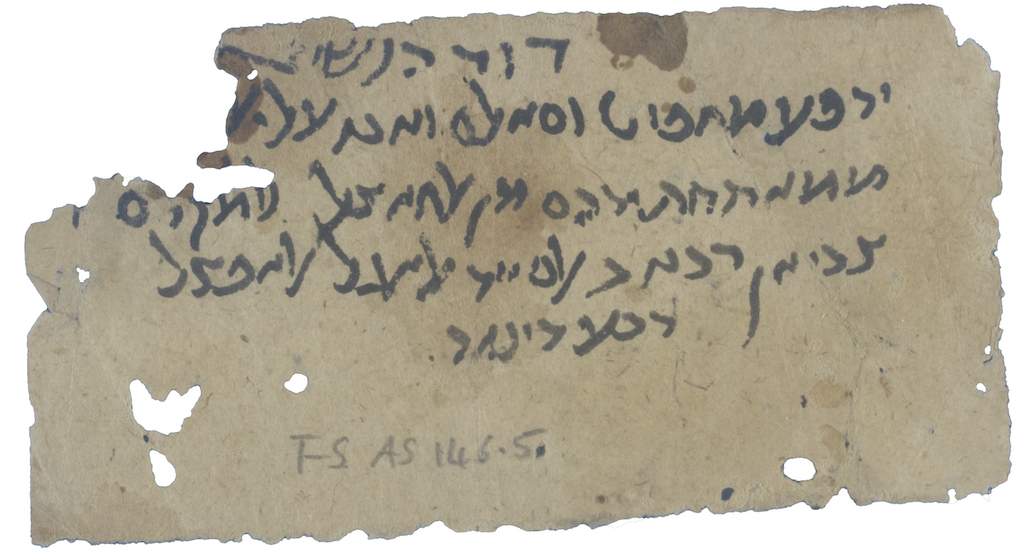Exhibition: Coins of the Cairo Geniza

A new online exhibition ‘Coins of the Cairo Geniza’, curated by Matthew Dudley and Alan Elbaum of the Princeton Geniza Lab, brings together data on the many coins and currencies that crop up in Genizah manuscripts. The exhibition presents coins from the Princeton Numismatic Collection and images of Genizah documents, according to state authority, regnal years, production thresholds, alternative names, and etymology.
In the 12th century fragment T-S AS 146.5, David ha-Nasi authorises the synagogue beadles Maḥfūẓ, Sālim, and Abū ʿAlī to make a charitable payment of a quarter of a dinar to the foster sons of al-Afḍāl. The charitable funds were replenished in part by rents collected from the pious foundation or ‘qodesh’ – the community’s property portfolio. But what was this quarter dinar exactly? The beadles may have made the payment in a combination of lesser-value coinage, but they also could have used a quarter dinar coin. As the exhibit explains, the quarter dinar coin was first minted in Fatimid Sicily across the 900s CE and became so widely circulated by the turn of the eleventh century that the Norman rulers of southern Italy began to mint imitations. Latter variants often featured pseudo-Kufic inscriptions and were known as tarì in Latin (deriving from the Arabic ṭarī - طري meaning ‘fresh’, i.e. ‘freshly minted’). The term tarì then spreads, and we encounter Sahlān ben Abraham (head of the Babylonian congregation in Fustat) asking for a donation of two ṭaris for the synagogue in T-S 13J16.11 (an 11th century letter in Hebrew).
Leaping ahead a few centuries, the fragment T-S 6J2.34 from 1766 is an acknowledgement of a debt of six ‘good and heavy rīyāles abūtāqas’ owed by David ben El’azar Qandiote to Ḥakham Shabbetay ʿAdda (probably Napoleon Bonaparte’s appointee as ‘Grand Prêtre de la Nation Juive’ during the French occupation of Egypt). But what was this rīyāl abūtāqa? It is the Egyptian Arabic nickname for the Austrian thaler. Abūtāqa, literally ‘father of the little window’, given for the resemblance of the quadrants of the Habsburg crest on the coins to a window frame.
The exhibition draws on a much larger companion database ‘Coins of the Cairo Geniza: A Paleographical Glossary for Dating Textual Fragments’ which can help to date fragments that mention currencies and coins but have lost other contextual data. You won’t find any references to euros (1995) or bitcoin (2008), but it is a most useful tool for some of the less common Genizah coinage terms (ungaros, anyone?). The database (currently 104 entries) will continue to be developed by the Princeton team.

Comments
Thank you!
For Ungaros see Res, RASHDAM, Hoshen Mishpat, 366
Add new comment